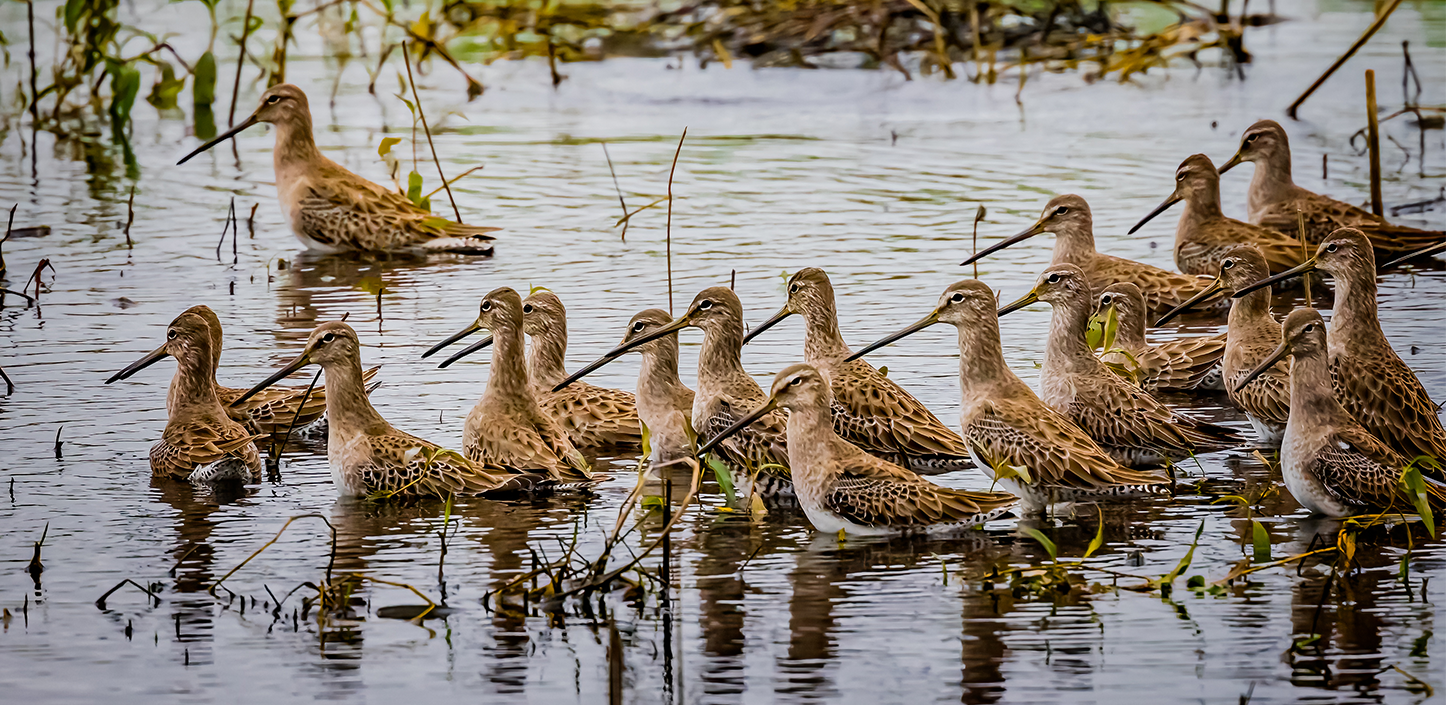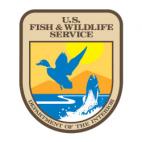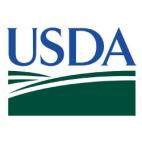
Sacramento Valley Floodplain Enhancement for Salmon and Shorebirds
In 2025, NFWF launched the first Sacramento Valley Floodplain Enhancement for Salmon and Shorebirds funding opportunity. A partnership with the USDA Natural Resources Conservation Service and U.S. Fish and Wildlife Service, this funding supports multi-benefit floodplain restoration projects that enhance habitat for anadromous fish and migratory shorebirds while also advancing the long-term health of the Sacramento River Basin and the communities who live and work there.
Partners
Nearly the entire Sacramento River Basin is part of a floodplain complex that historically provided abundant habitat for fish and wildlife. The wetlands of the Sacramento Valley once helped support the largest Chinook salmon populations in California and provided crucial feeding and stopover habitat for tens of millions of shorebirds during their annual migration. In addition to providing benefits for a wide array of species, the Sacramento-San Joaquin Delta is also an area of enormous agricultural value, with about 500,000 acres of land in rice production that is estimated to contribute $1 billion to California’s economy.
Following the California Gold Rush of 1849, the massive influx of settlers rapidly altered this river valley, which was once a mosaic of millions of acres of wetlands connected to the Sacramento River and its tributaries. In particular, the drainage of wetlands and the physical containment of Sacramento River floodwaters within a system of levees dramatically impacted the natural ecology of the Sacramento Valley. This landscape-scale change to patterns of water flow has led to a decline in the quality and quantity of habitat available to migratory birds and fish, as well as greater vulnerability of nearby communities and agricultural lands to potential future floods and periods of drought.
Today, farms in the Sacramento Valley have helped reconnect some of these wetlands with the advent of flooded rice fields. Flooded rice fields break down rice straw after harvest and provide waterfowl and shorebirds with important food resources for their journey along the Pacific Flyway. Sacramento Valley rice fields and neighboring wildlife refuges host approximately 1 billion birds migrating through the area annually, as well as nearly 4 million wintering waterfowl and 250,000 shorebirds. This is a result of over 30 years of relationships that farmers and conservation groups have forged to benefit birds and farms. These partners are now making a concerted effort to utilize these flooded rice fields to also benefit salmon, as the fields provide excellent cover and food resources for anadromous fish as they migrate to the ocean.
Reactivating floodplains on both sides of the levees in the Sacramento-San Joaquin Delta provides multiple benefits to fish, wildlife and people throughout the year. The slow spread of water across fallow rice fields creates critical off-channel habitat and food resources for anadromous fish like Chinook salmon in the fall and winter. Shallow flooded rice fields are also important for a suite of migratory shorebirds including the long-billed dowitcher, which is an indicator species of appropriate habitat for several priority shorebird species identified in the Pacific Americas Shorebird Conservation Strategy. Investments to expand the acreage of seasonally flooded rice fields are expected to provide additional habitat for this species and other migratory shorebirds.
Application Information
| Sacramento Valley Floodplain Enhancement For Salmon and Shorebirds 2025 Request For Proposals - CLOSED | View Now |
Director, Western Regional Office
Program Director, Western Water
Manager, Western Water

